Design Manifestos: Natalia Trossero of Broadway Malyan
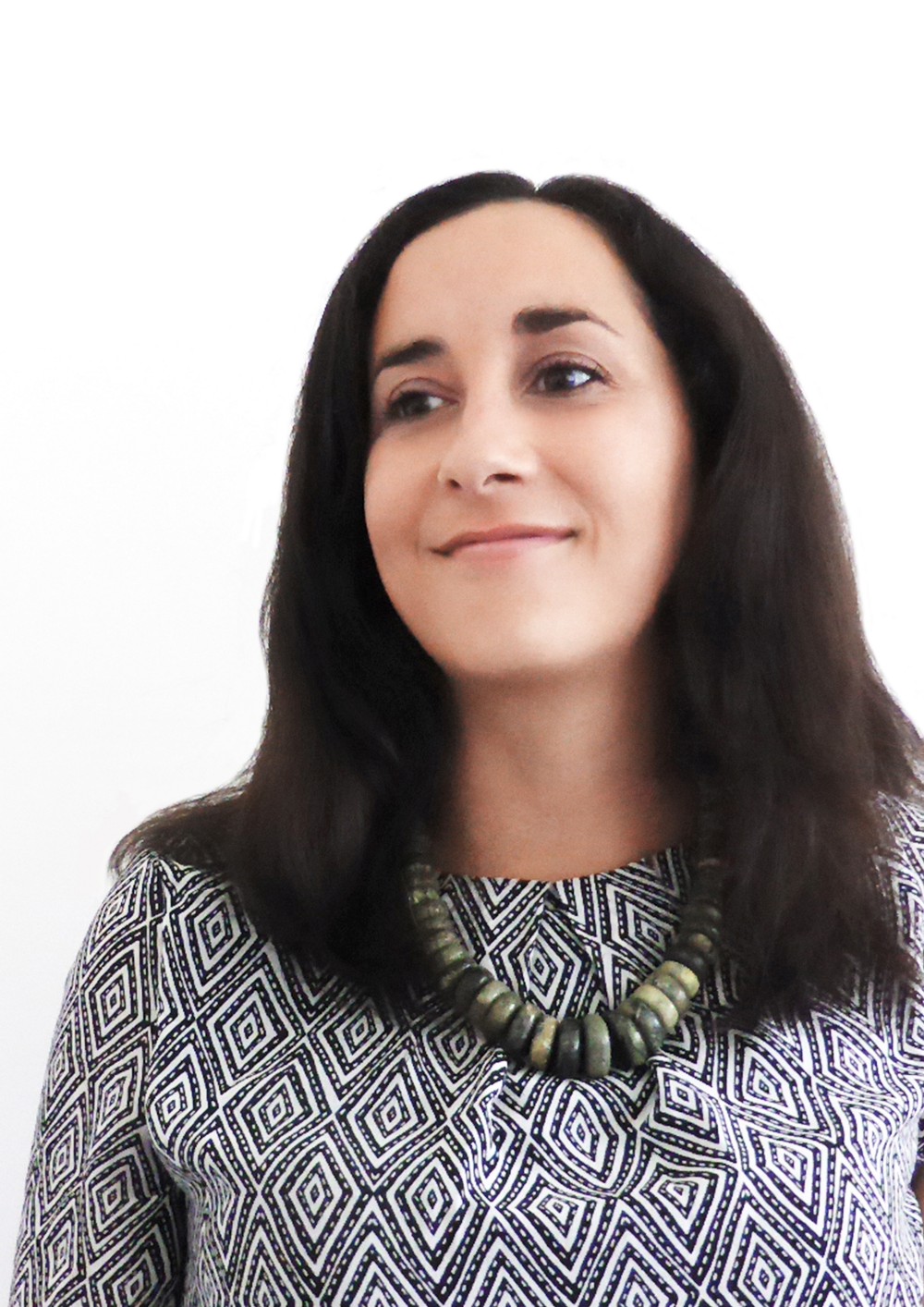
Natalia Trossero is a Principal Urban Designer with over ten years of experience in designing residential and mixed-use developments, playing a key role in a wide range of projects from large-scale strategic and transport led masterplans, to regeneration schemes and design codes in the UK and overseas. She graduated in Civil and Architectural Engineering from the University of Bath, having previously studied architecture and later earning a masters in planning in Rome.
She joined Broadway Malyan in London, UK in 2014, where she has worked on various projects, including town center regeneration projects in the UK, a housing development by Dover Castle, a large scale resort in the Rockies near Calgary and a tourist and business destination in Malta. She previously worked at Grimshaw Architects and JTP where she was responsible for a new large-scale settlement north of Harlow UK; a vision for the regeneration of Mönchengladbach (Germany); and an award winning masterplan at Chilmington Green UK. Modelo spent some time learning about Natalia’s journey as an urban designer and about her unique approach at Broadway Malyan.

On becoming an urban designer
I was born in Argentina and moved to Rome at the age of three. Some of my earliest memories are of being in awe of the city. It’s really difficult to unpick what it is about Rome that is so attractive to me, whether it’s the architecture, the beautifully decorated piazzas with the immortal sculptures of great masters or the smell of fresh coffee and pizza and the ice cream parlors. It’s all part of a harmonious whole, the product of a collective endeavor which shaped the city layer by layer over centuries, skillfully crafted by its residents and visitors alike.
When I studied architecture and later engineering and planning, it seemed to me like the architect, the engineer, the landscape architect and the planner are all looking at a specific element of cities and places more or less in isolation. I was fascinated about masterplanning as a career in that it seeks to bring together all these various elements into a coherent whole that is more than the sum of its parts.
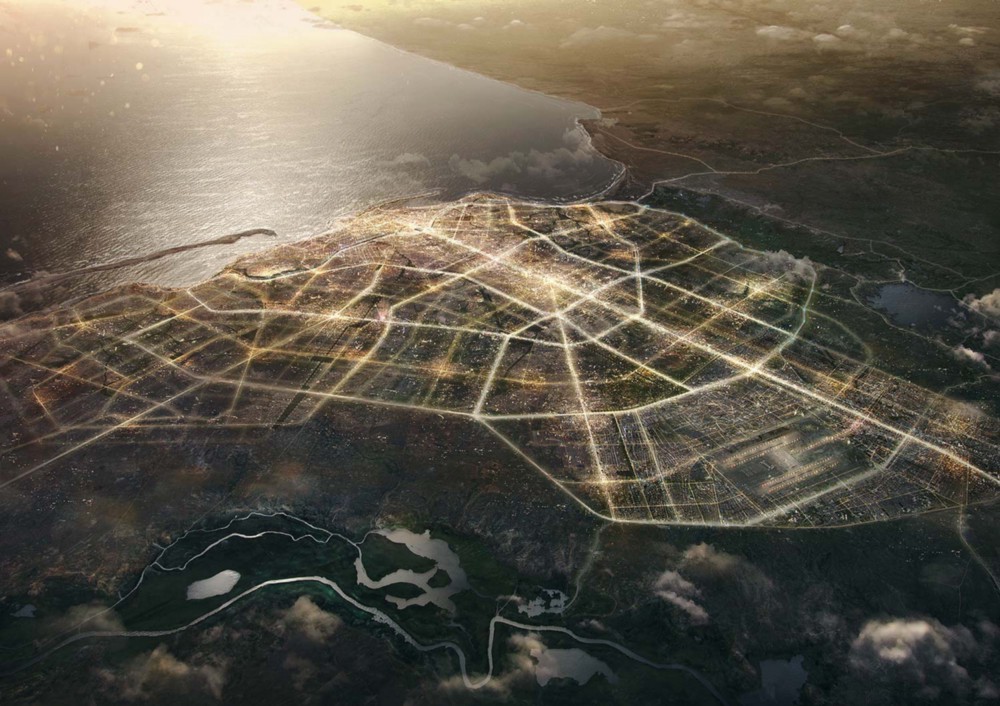
On discovering her voice
I sometimes say that I’m specializing in being a generalist. Growing up in Rome I was very much influenced by the renaissance masters (I lived on Via Leonardo da Vinci and my father’s name is Miguel Angel — Michelangelo in Spanish) and I was fascinated about the idea of doing many things. I was an avid learner from an early age (some might say nerdy!) and I wanted to learn as much as possible, particularly about the built environment.
I studied architecture in Rome after I graduated from high school and the subject that inspired me most was Urbanism. We had to study these four large books on the history of the city by Leonardo Benevolo and I was fascinated at how each culture and each period translated its values and traditions into built form. I later moved to Bath in the UK and graduated in civil and architectural engineering before studying for a masters in planning in Rome. When I then started my career in London, urban design became an obvious choice as it encompassed a lot of the skills I’d learned in my academic background.
I started working for a small firm under the mentorship of Paul Drew and later at JTP. Those were really formative years for me as John Thompson has been a key advocate for engaging communities in the masterplanning process. In line with Jane Jacobs’s famous quote “cities have the capability of providing something for everybody, only because, and only when, they are created by everybody,” I had the fantastic opportunity to listen to, learn from and support communities in shaping their future through masterplanning. It is one of the most rewarding experiences as an urban designer to be able to engage people and stakeholders in the design process and create a shared vision for a new place. There’s no room for big egos in masterplanning, it’s a collaborative endeavour.
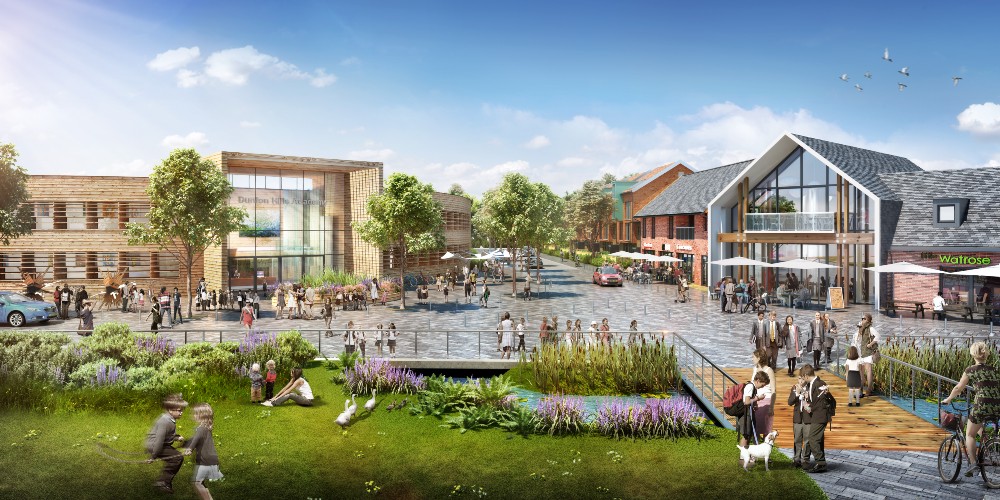
On joining Broadway Malyan
Whilst at JTP, I had the opportunity to work in Pittsburgh at Urban Design Associates on a work exchange program. This international experience was further broadened when I moved to internationally renowned Grimshaw Architects where I worked alongside a studio of highly talented architects and designers. However, I felt the firm was too focused on architecture and when the chance to work for Broadway Malyan presented itself, it was an opportunity I wasn’t going to refuse. Broadway Malyan’s reputation as one of the world’s leading masterplanning companies and its global reach with 16 offices across the world, has been a great fit for my multi-disciplinary background, as well as my UK and international experience.
Broadway Malyan is a practice that is driving innovation in urbanism and masterplanning by using parametric tools, which allow to streamline and develop complex and creative design solutions for our clients. I have been interested in the use of technology to analyse complex systems since university when I studied the structural analysis of geometrically complex network structures for my engineering dissertation, and the projects I am now involved demand a an increasingly technical and analytical skill set as well as an eye for design.
On specific principles she strives to adhere to
Every problem is an opportunity for a creative solution; the bigger the problem, the bigger the opportunity. Urban design aims to provide a high quality of life within a rapidly urbanizing context, a pretty big problem and even bigger opportunity.
That is the macro picture but it is an approach that starts at a micro level. At Broadway Malyan we strive to learn about places and communities and turn every constraint into an opportunity for placemaking. Our masterplan for the regeneration of Leatherhead town centre in Surrey is testament to this approach. Leatherhead is a traditional market town with a prosperous residential area within the London commuter belt. Despite having fast connections to London, an affluent resident base and top employers, its traditional town centre has been deteriorating due to congestion, limited retail offer and poor pedestrian connectivity.
Our masterplan seeks to stitch Leatherhead’s key assets together by creating a new quarter which will bring a new vibrant connection between the employment uses, the town centre and the station. This new quarter will bring new retail and residential uses that expand the current retail offer, whilst creating a new attractive route in a parkland setting which will encourage people to walk and cycle to the station. The new development will also facilitate new junction arrangements to relieve traffic and create a better pedestrian environment. Further afield a new riverside park will attract residents and visitors to enjoy the beautiful setting of the River Mole and new play facilities and cafés will provide new activities within this important asset.
By listening closely to the issues and aspirations of Leatherhead residents, working in partnership with the council and using creative and bold design solutions, the problems affecting Leatherhead have been turned into opportunities for change.
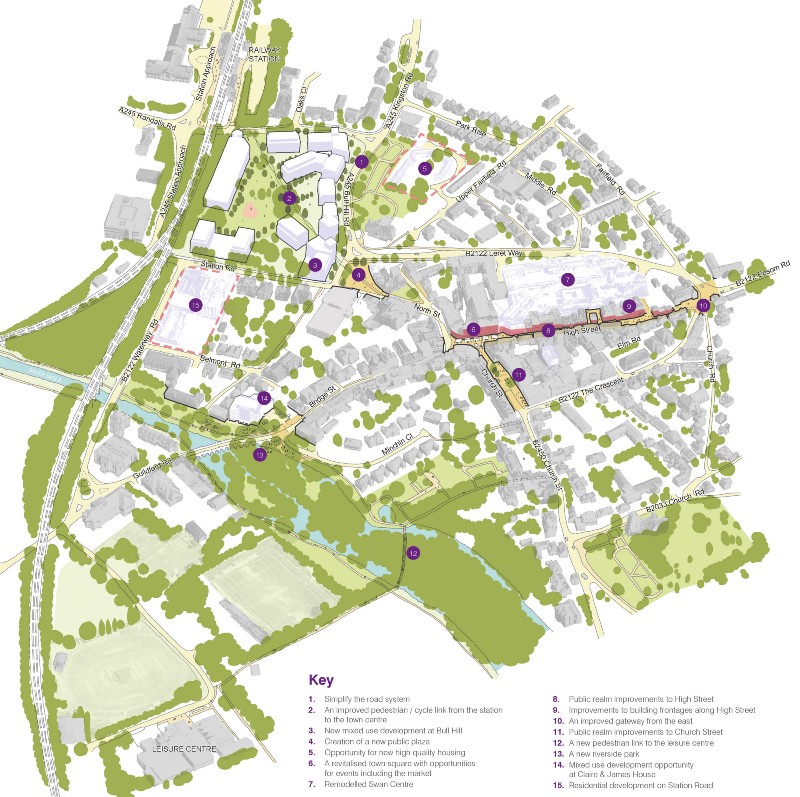
On her role as Principal Urban Designer
Interestingly my current role reflects a lot my generalist approach, therefore it’s hard to pin down a clear focus. Since joining the practice I have worked on town centre regeneration projects, a small housing development for the public sector in the UK, a large scale resort in the Rockies near Calgary and I am currently involved in a high density framework for a tourist and business destination in Malta.
I’ve only been in post for two years now so it’s early days but I’m convinced the dots always do connect eventually. For now I think my focus has been on bringing new skills in regeneration and diversifying the portfolio of the Weybridge team that has been working primarily on UK urban extensions for the private sector. As a company of 500+ employees we’re striving to collaborate across offices as much as possible and tap into the great breadth of expertise we encompass as a global practice. I’ve been fortunate to have collaborated with members of the London, Manchester, Warsaw and Abu Dhabi teams and look forward to working with more of the talented designers here at Broadway Malyan.
On projects that represent the firm’s unique approach
The word that really underpins our approach to design is collaboration. Regardless of the scale of the project, it is people that are the key to great urban design — the people affected by it and the people who can affect it. Of course there are a multitude of considerations that vary across each project from precedent to character, economic projections to climate analysis but having a true understanding of the human impact of your work and developing strong collaborations with colleagues and consultants is absolutely fundamental to a successful project.
It is through this approach that we believe we can deliver projects that can set new urban design benchmarks and challenge perceived thinking around urban regeneration and economic development that have become deeply engrained in local cultures.
The recent development plan devised by Broadway Malyan for Luanda in Angola is a fantastic example of dedicating thousands of hours understanding a country and its culture, its challenges and opportunities and using our urban design expertise while working with numerous international and local partners to create a plan that has the potential to enhance millions of lives and change the direction of a country.
Another city in a very different part of the world but facing similar challenges ie a dependency on the petro dollar is Calgary in Canada and we have been working with the city for almost a decade on an exemplar regeneration project. East Village was once a rundown and threadbare downtown district that has been transformed into one north America’s real estate hotspots and has served as an antidote to the typical sprawling suburbs of north American cities. Again the project is a collaboration of ideas generated from working with city-dwellers across the globe and bringing a real understanding of how to build sustainable communities.
In Canada we’ve also been working more recently on a large scale resort in the Rockies at Three Sisters Mountain Village. As part of the masterplanning process I had the pleasure to take our clients on a study tour of great spa facilities and resorts in northern Italy, Austria and the UK. It is a once in a lifetime opportunity to masterplan a resort of this size and scale in the closely-guarded environment of the Canadian Rockies. Therefore, we’ve been working hard alongside our clients, the town of Canmore and local stakeholders, to create a masterplan which is informed by some of Europe’s top leisure destinations, whilst creating a sensitive environment to the local wildlife, and providing a unique experience to residents and visitors of the epic Rockies outdoors.
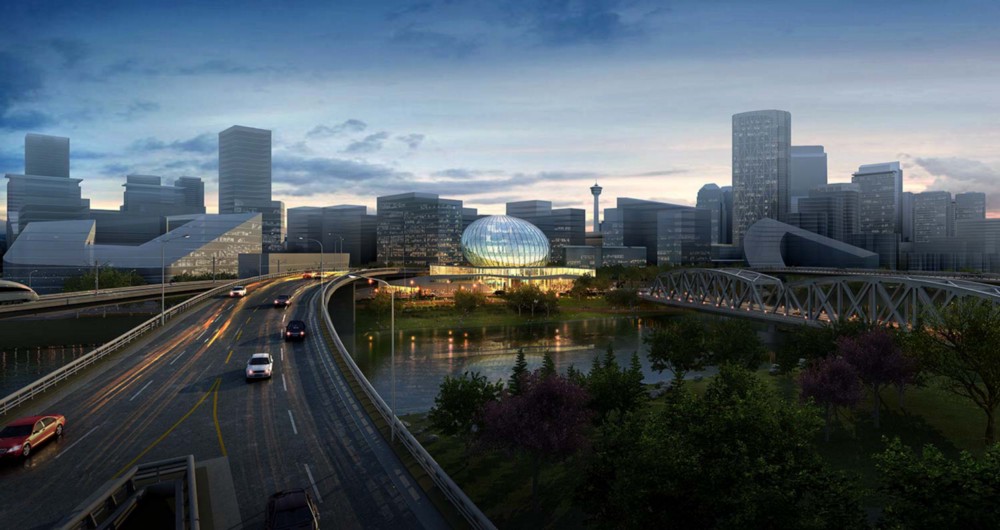
On her design toolkit
As I mentioned, I have worked on a broad range of projects with a diverse range of people; public and private sector clients, small and large scale, UK and international, brownfield high density regeneration strategies and greenfield — relatively low density — predominantly residential developments. You can’t use much of a template when tackling such diverse projects, every client is different, every consultant team works differently, but, most importantly, every place is different.
As a result, my approach has been primarily about listening closely and proactively to the needs of my clients and the stakeholders involved. This informs the creation of a strong, shared vision that reflects the issues and aspirations of the place and that is capable of standing the test of time way beyond my involvement. The rest is basically about creating 2D and 3D illustrative material that supports this vision (easier said than done!). For this purpose, the tools I use to draft my design ideas range from hand drawing, cad, sketch up, illustrator and photoshop primarily as well as collaborating with visualizers and our more traditional illustrators to tell the story of the project through 3d images, CGIs and videos of proposals.
3D modeling is, therefore, crucial to masterplanning, and will play an ever more important role in shaping our proposals. It is about firing the imagination of future communities, investors and stakeholders who will translate the vision into reality over the years.
On the state of design software today
I’m in two minds about design software really. Part of me feels that design software is evolving so rapidly that some people with great skills are being left behind and their talent and know-how is therefore underused. On the other hand it is fascinating to see how much our profession is evolving as a result of technological innovation and how many tools are now available to us. These tools allow us to produce a whole range of services from scenario testing of different development typologies, to the city- or even region-wide use of smart city tools and internet of things.
In light of this, I hope that design software develops in somewhat opposite directions: to become more and more accessible and user-friendly by a wider range of users (and for the purpose of engaging communities in the decision making and design process), and to develop more and more powerful tools for modeling future development, traffic, asset management, etc.
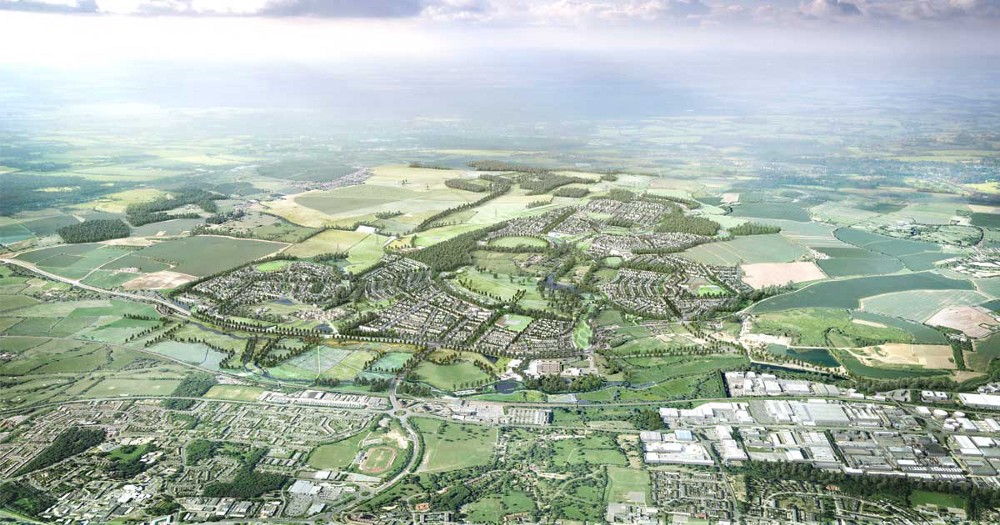
On the future of the architecture industry in the next 5–10 years
We are heading for dramatic change with all demographic predictions pointing towards a rapid increase in urban population. As a result the places that are now investing towards accommodating this growth to provide a high quality of life will have a competitive advantage over those who are not. In addition to this, a larger proportion of the world population will be older, healthy and relatively wealthy. Catering for this growing demographic and its needs will play an important part in masterplanning.
In the UK the housing crisis has been getting progressively worse, and the government has been mainly preoccupied with party politics, doing little to reverse this trend other than churning slogans for political gains. The upcoming Brexit brings a further element of uncertainty into the equation but equally it could bring some bold and much needed change. The good thing for me is that urban design skills (as well as architecture skills) shall be highly sought after in this context.
On the future of the firm in the next 5–10 years
BM is an innovative and forward thinking company and has been expanding its reach over the past few decades. We are now working more and more in north America and have been recently appointed to deliver a new cruise terminal in Miami so we expect to grow our expertise in this region in particular. The world’s changing demography and geopolitical shifts means there are new emerging markets and opportunities as countries and communities look for solutions to challenges such as climate change and mass urbanization. As a practice we have a significant portfolio of experience with projects ranging from the 15-year development plan for the Angola capital Luanda, one of the world’s fastest growing cities and one which is trying to break its reliance on the petro-dollar, to reimagining Iraq’s Sadr City after more than a decade of war.
The key to a successful future for the practice is going to be harnessing our collective experience with strong inter-studio relationships and ensuring that we continue to evolve with every project in our understanding of how people live.
On advice she would give her younger self
Read ‘What I wish I knew when I was 20’ by Tina Seelig! It’s all in there but in a nutshell I’d say to myself: embrace uncertainty and problems, that’s where opportunity hides; always be grateful for what you’ve got; build and value relationships; and, most of all, create a strong vision for your life, ie dream big… it works for places and it works for people too, you may not have a clue as to how to get there now but when there’s a will there’s a way, and you can always course correct as you go along.
